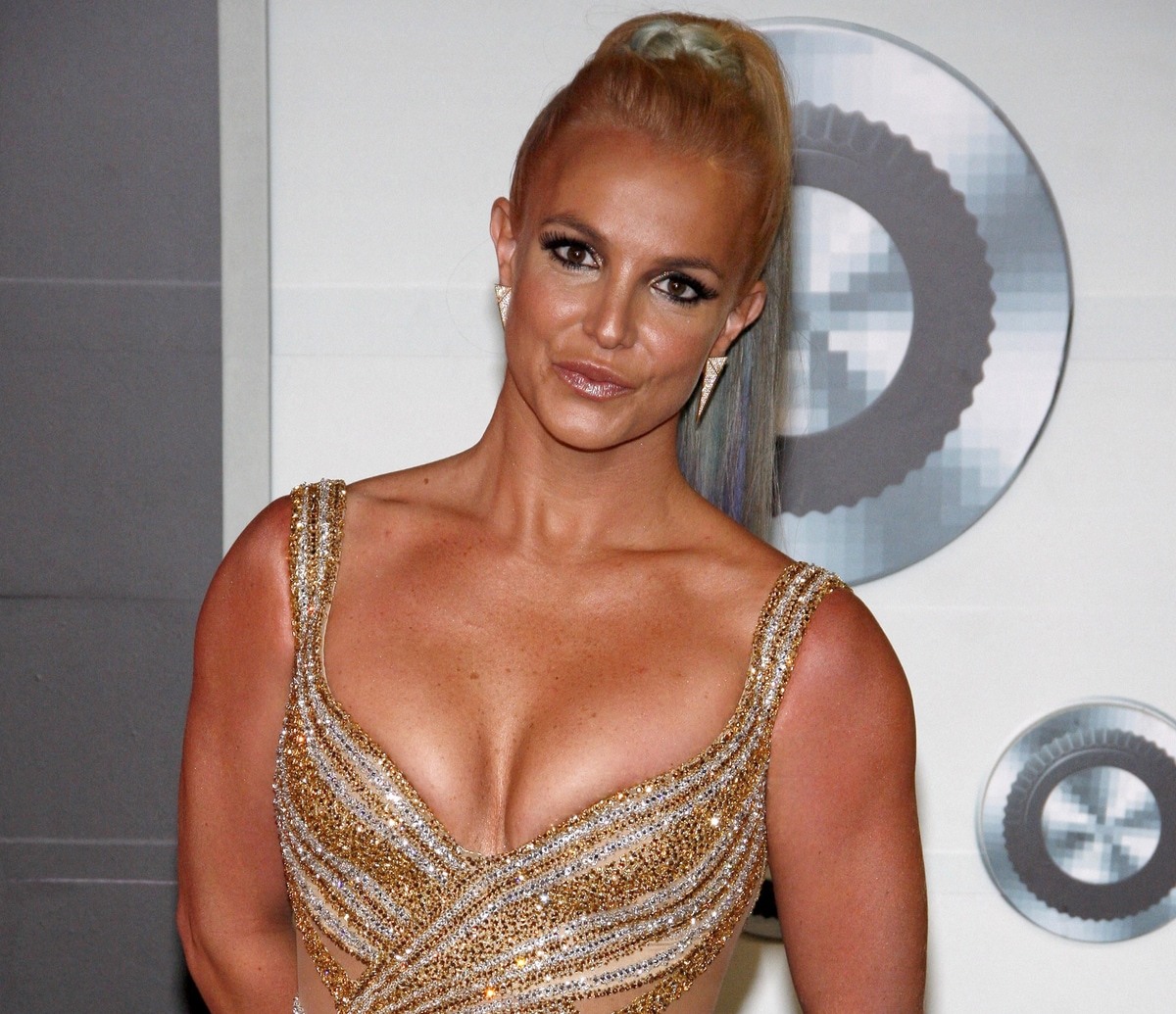BY: Singleton
Published 12 months ago

Fans of “RuPaul’s Drag Race” might have a glimpse of ballroom culture, but the show only scratches the surface. For the LGBTQIA+ community, ballroom culture is much more profound and has deeper roots than many realize.
Ballroom culture has left an indelible mark on pop culture, with overt and subtle influences. Voguing, for instance, existed long before Madonna brought it into the mainstream, tracing its origins back to the Harlem Renaissance.
Born out of the resilience of LGBTQIA+ individuals, ballroom culture emerged as a sanctuary and form of self-expression for a deeply marginalized community. Understanding this rich history is more critical than ever as we navigate increasingly volatile social and political climates.
If you’re curious about the origins of voguing and the vibrant world of ballroom, here are a few essential facts to get you started.
1. Ballroom Culture Was Born Quietly In the 19th Century
The LGBTQIA+ community has often been forced to live in the shadows throughout history, but that didn’t stop them from finding ways to live authentically. The first drag queen in America was William Dorsey Swann, a formerly enslaved man who also organized the first known drag balls, referred to at the time simply as “drags.” These events were held in secrecy in Washington, D.C.
The earliest record of these balls dates back to 1887 when the Washington Critic reported on a police raid of a “dance party” where six Black men dressed in “female attire” were arrested. Later that year, another ball was raided, with attendees similarly arrested as “suspicious characters.”
By the 1920s, during the Harlem Renaissance, LGBTQIA+ individuals found refuge in underground spaces. Gay men and lesbians flocked to Harlem, creating sanctuaries where they could express themselves freely. Harlem’s vibrant clubs cemented New York City as a hub for the LGBTQIA+ community, offering rare safe spaces. Hamilton Lodge became a central venue for drag balls in Harlem, notable for being racially integrated—an extraordinary occurrence in an era of widespread segregation. While the balls were interracial, the unfortunate reality of racism still found its way into these otherwise inclusive spaces.
2. “The Queen” Documentary Highlights Issues of Race Within the Drag Community
The Hamilton Lodge Balls were a cornerstone of the LGBTQIA+ community, providing a safe, interracial space. However, the insidious nature of prejudice often infiltrated these competitions. Contestants with more Eurocentric features were frequently favored as winners, a bias famously highlighted in the groundbreaking documentary “The Queen.”
“The Queen,“ the first documentary to focus on drag queens, offered an intimate look at the 1967 Miss All-America Camp Beauty Pageant, culminating in its controversial crowning of the winner. The film introduced its viewers to drag legend Crystal LaBeija, who openly challenged the competition’s fairness.
After a less experienced contestant was crowned, LaBeija accused the judges of racism, declaring later in the film: “She can’t help it. Because you’re beautiful and young, you deserve the best in life, but you didn’t deserve… I didn’t say she’s not beautiful, but she wasn’t looking beautiful tonight.“ Her statement underscored the biases that lingered, even within the drag community.
3. Drag Houses Arise As Ballroom Culture Progresses
After that pageant, Crystal LaBeija stepped away from traditional drag pageants. However, she cemented her legacy in drag history a few years later as the Mother of one of the first ballroom houses. The House of LaBeija, the oldest ballroom house, remains a cornerstone of ballroom culture, with its lineage thriving today.
The first official house ball was titled “Crystal & Lottie LaBeija Present the First Annual House of LaBeija Ball.“ Unlike earlier pageants, this event was created exclusively for the Black and Latinx LGBTQIA+ community, offering a space free from the biases of mainstream competitions. The House of LaBeija paved the way for others, such as the House of Xtravaganza, which quickly became prominent in the Ballroom scene.
House balls transcended traditional pageantry, evolving into dynamic competitions where houses competed across various categories. Judges scored participants on a scale of one to 10, with the highest scores determining the winners. These categories celebrated beauty in face and body, as well as runway walks and performances, which eventually gave rise to voguing.
Voguing originated from a blend of dance and posing, with early pop, dip, and spin movements. Over time, performers introduced unique physical techniques, transforming these elements into the intricate and expressive voguing style that remains a cornerstone of ballroom culture today.
4. The Library Is Open and Voguing Hits the Mainstream
The origins of voguing remain a topic of historical debate. Some credit Paris Dupree from the House of Dupree as its creator, while others believe it began with an incarcerated transgender individual at Rikers Island. What is undisputed, however, is that Willi Ninja is regarded as the Godfather of Voguing, having been one of the first to bring the art form to mainstream recognition.
As house balls evolved, they expanded to include gay men alongside transgender and other gender-nonconforming participants. Willi Ninja founded the House of Ninja, renowned for its electrifying performances and fierce dance moves. He described voguing as the physical embodiment of throwing shade — a form of witty and stylish defiance.
Dorian Corey, Mother of the House of Corey, famously explained the concept of shade in the 1990 documentary “Paris Is Burning.“ She said, “Shade comes from reading. Reading came first. Reading is the real art form of insult. You can have a smart crack, and everyone laughs and kikis because you found a flaw and exaggerated it, then you’ve got a good read going.“ She further clarified, “Shade is, ‘I don’t tell you you’re ugly, but I don’t have to tell you because you know you’re ugly,‘ and that’s shade.”
While the AIDS crisis devastated the LGBTQIA+ community during the 1980s and early 1990s, Ballroom culture also began to gain greater visibility in pop culture. Queen Latifah’s 1989 track “Come Into My House“ introduced audiences to house ballroom culture, featuring several house members in its music video. Madonna’s 1990 hit “Vogue“ catapulted voguing to a global audience, with Willi Ninja and other performers showcasing their moves in the video.
Today, drag houses and Ballroom culture continue to thrive. The scene remains deeply rooted in Harlem while reaching new mainstream heights thanks to shows like “RuPaul’s Drag Race“ and HBO Max’s “Legendary.“ This vibrant culture, born from the resilience of Black and Latinx LGBTQIA+ individuals, has left an indelible mark on history. Understanding its rich and complex past is essential for those who celebrate its influence and language.
What are some of your favorite facts about ballroom culture? Comment below!










